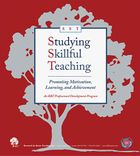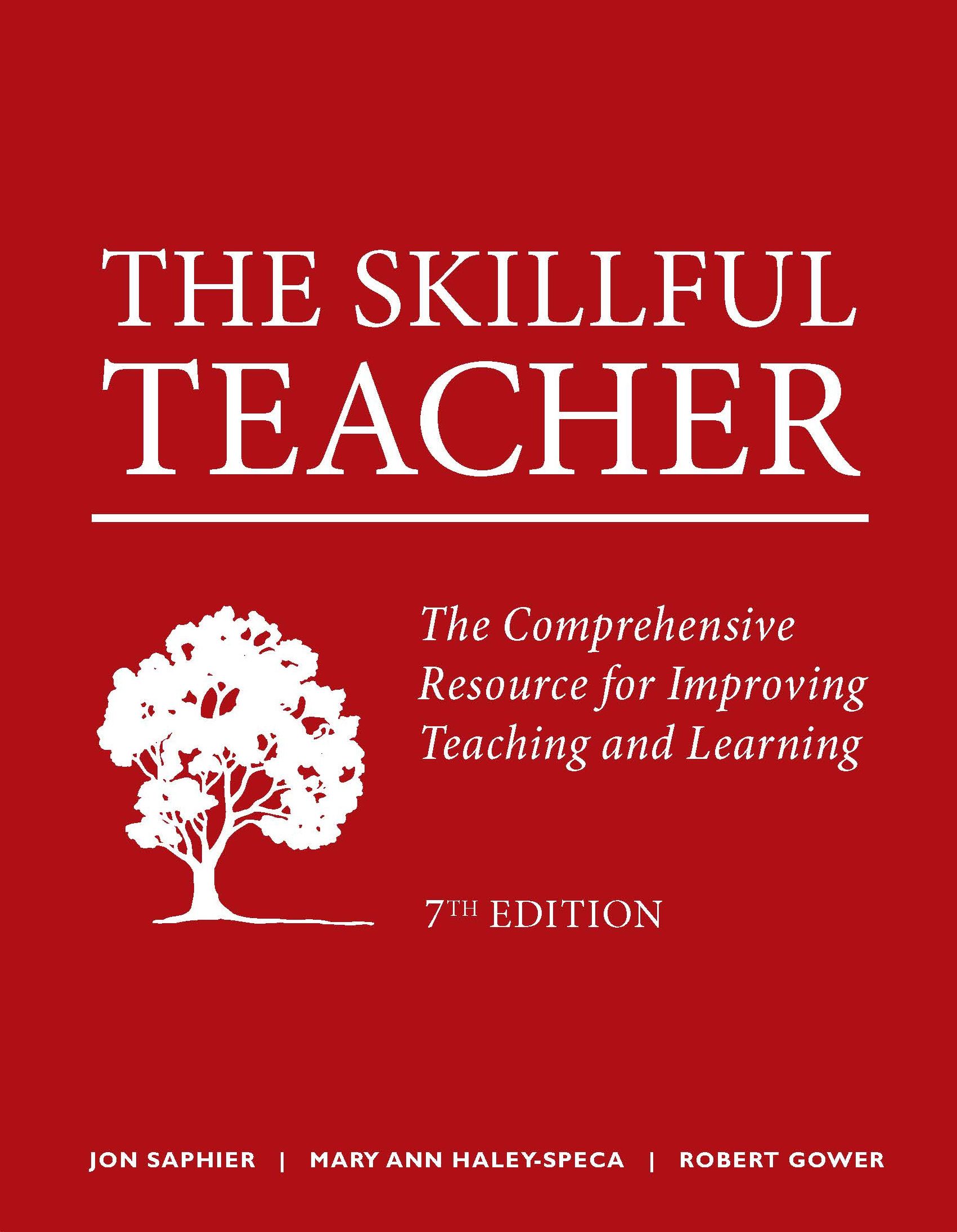History of the Idea of "Intelligence" in the United States (page 324)
The innate ability theory about achievement and development is best represented by the bell curve as an uneven distribution of intellectual ability in human beings (Figure 14.3). Carol Dweck (2008) has popularized the term “fixed mind-set” to represent this view of ability. Most of us were raised in an environment that reinforced this theory and set of assumptions, and we bought into those assumptions as if they were fact. This is not a statement of blame. It’s a statement about the air we breathe in a society where this belief is played out more strongly than anywhere else in the world. These are undiscussed assumptions that dominated our country and our schools throughout the 20th century and still have pervasive influence. Our contention is that these assumptions are wrong.
This piece gives a brief overview of the history of “intelligence” and how it got so deeply embedded in American culture and school design.
For a more in-depth history of the concept of “intelligence” as it developed in the United States and evidence that it is malleable, see “Debunking the Myth of the Bell Curve” in High Expectations Teaching (Saphier, 2017).
Referenced in The Skillful Teacher, 7th Edition, p.324

